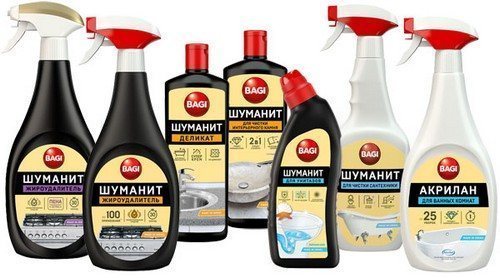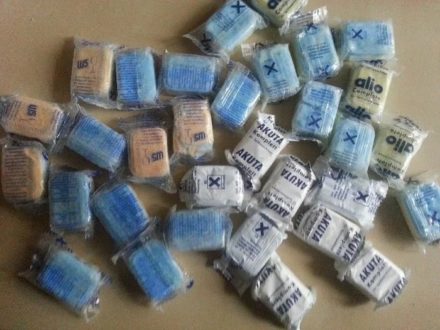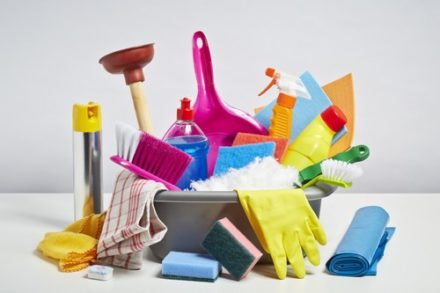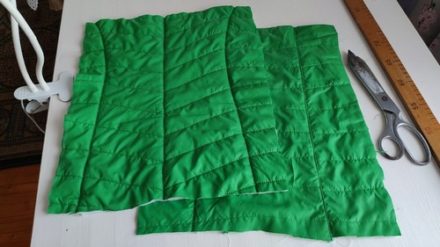Scientists from Norway have found that cleaning agents and detergents that people use when cleaning have the same destructive effect on the body as smoking. Modern finishing materials also affect the deterioration of the lungs. Research on the effects of “hostile chemistry” on the body began two decades ago. During this time, technologies have improved, and manufacturers have tried to produce more gentle products. However, dangerous compounds have not gone away.
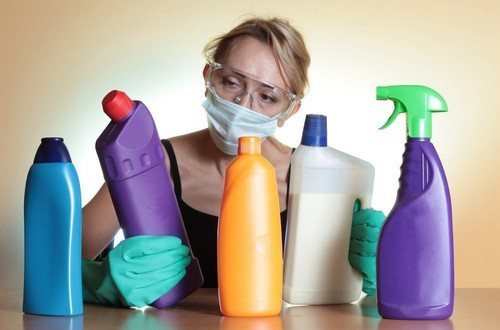
Polyurethane foam pillows and mattresses
Removable bed elements filled with polyurethane foam are in demand due to their low cost. They do not contribute to the “hammock effect” and provide good support for the neck and spine during sleep. The material is considered safe. However, with high humidity in the room and frequent exposure to sunlight, the structure of the filler is disrupted. Harmful elements - carboxylic acid and phenol - are released into the air.
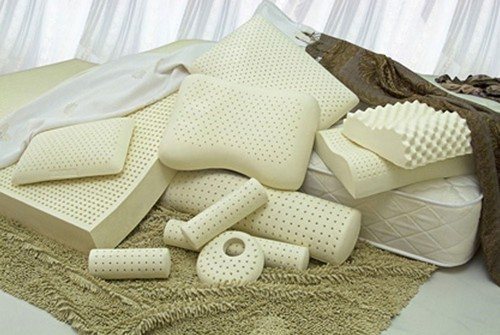
Chemical elements can cause disruption of the most important systems of the body. Negatively affects the skin, lungs, eyes. Constant contact with fumes can cause asthma and allergies.
Laminate
The building material has good strength and waterproof characteristics. However, flooring should not be used for living space, especially in children's rooms.To make the coating, manufacturers use synthetic resins obtained by polymerization and an aqueous solution of formaldehyde.

In order to reduce harmfulness, manufacturers cover the laminate with a protective film. However, during operation, the top layer is gradually erased, and hazardous substances slowly evaporate. Emission into the air is harmful to mucous membranes and skin. Causes irritation, itching, rash. Evaporation from synthetic resins is known as a source of cancer.
Air fresheners
Even a pleasant-smelling product can be dangerous. Aromatic fresheners contain phthalic acid esters. The accumulation of slightly toxic substances in the lungs and blood leads to chronic poisoning. Causes oncological tumors of various localizations. Leads to hormonal imbalance. Pregnant women, children, and people with weak immune systems are most sensitive to the effects of phthalates.
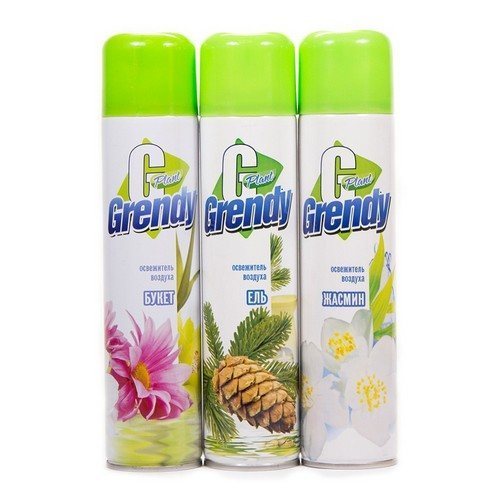
Products with chlorine
Disinfection preparations containing chlorine are valued by housewives for their effective destruction of germs. The products allow you to achieve cleanliness and eliminate mold. However, you need to understand that a chemically active non-metal has a negative effect on the mucous membranes. The fumes burn the cornea and nasopharynx. Therefore, preparations with bleach must be used very carefully. If chlorine enters the bloodstream, a person may:
- blood pressure increases;
- decrease in the number of red blood cells and hemoglobin content;
- a malfunction of the cardiovascular system occurs;
- an allergy begins, which after a year or two develops into chronic inflammation of the respiratory tract.
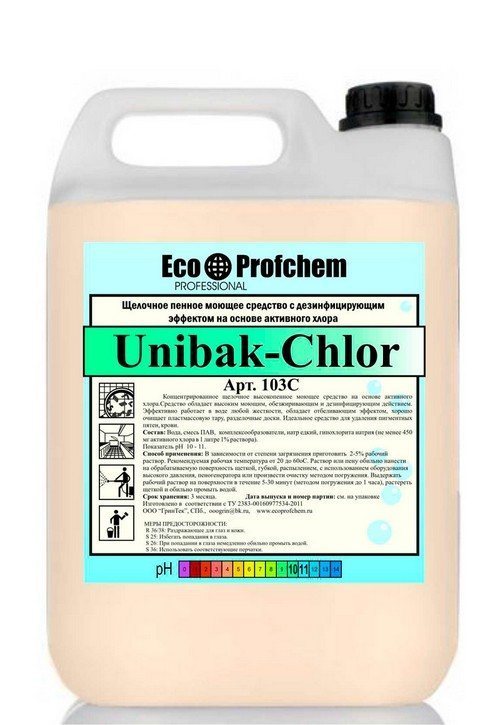
Washing powder
On TV screens, movie and theater stars promise that the advertised laundry detergent will make things snow-white. They promise that housewives will get rid of boring laundry. However, removing stains and whitening laundry is achieved using a concentrated dangerous composition.
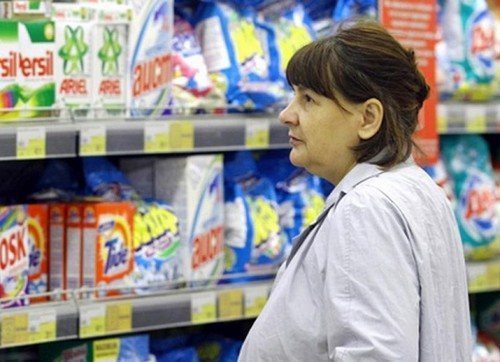
Powders containing anionic surfactants perform the function of quickly removing stains and dirt. However, with washed clothes or bedding they get on the skin, are absorbed, and are carried through the bloodstream throughout the body. Large concentrations of the substance remain in the body for 5–6 days and accumulate in the liver, kidneys, and brain. They accumulate on cell membranes, disrupt biochemical processes and cell integrity. Due to damage to lymphoid tissue, they lead to a person’s immune system being greatly weakened.
“Hostile chemistry” often causes itchy redness and inflammation on the skin, psoriasis and eczema. And its volatile organic compounds can severely irritate mucous membranes.





